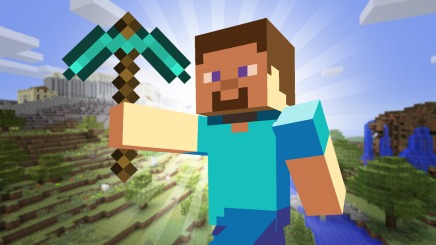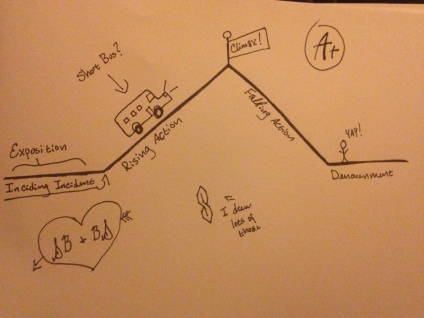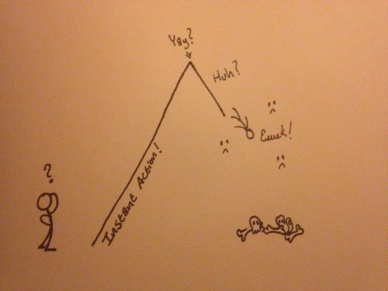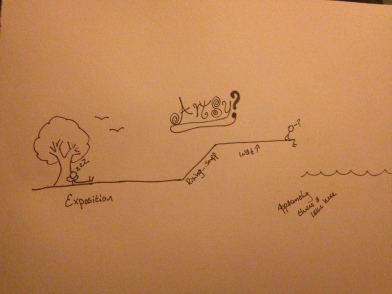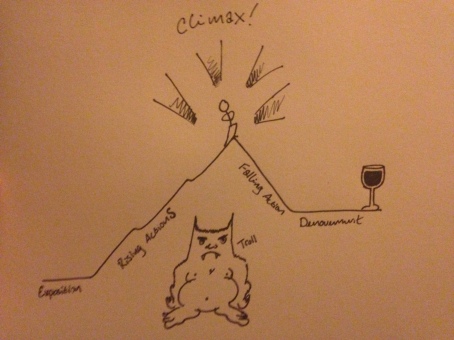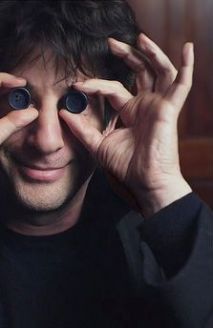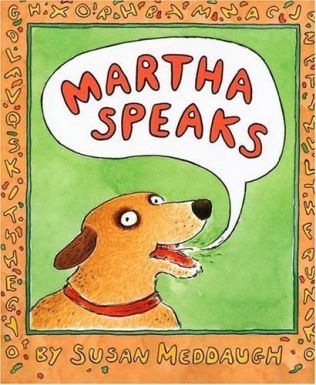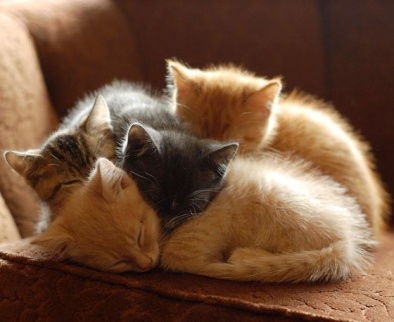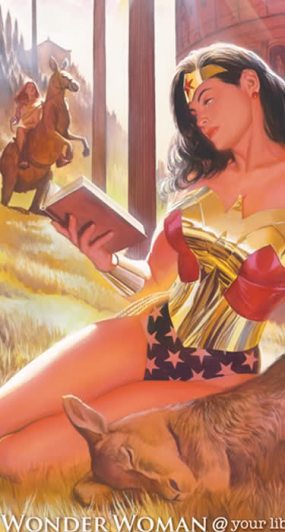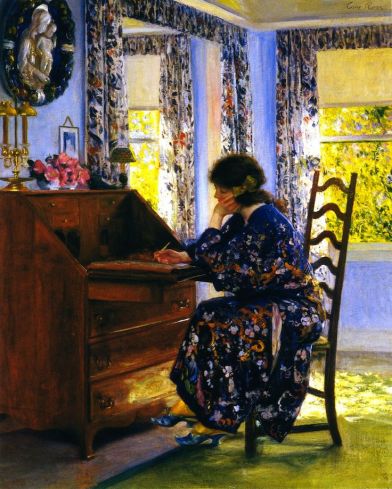I had reached a certain time in my life. My hair fell out in soft, dark clouds. My teeth were sensitive, my heartbeat uneven, always cold, forgetting things easily. I watched my body wither in an almost voyeuristic way.
I was not then, nor am I now, and old woman. I was 15, 16, 17, and was living with an eating disorder. To say it sucked would be a pretty big understatement. When you, or someone you love develops an eating disorder, it’s easy to want to point your finger at something or someone. It was the fault of the media! The perfect older sister! Genetics! Barbie! That time at Sea World when a random kid called her Shamu! Too often, I think, people view anoretics and bulimics as people who want to look like they’ve just walked off the cover of People Magazine. We accuse them of wanting to be sexy. Both men and women will tell anoretic women that ‘men don’t like bags of bones, so eat!’ as if their potentially fatal mental disorder was just a misguided attempt and making a man’s dick hard.
Very rarely do we ever look at the possibility of the young woman trying to achieve a different sort of aesthetic, an external and internal one, trying to become the sort of person she wants to be. The kind of person you read about in books.
I was, and still am, a voracious reader. At school, having had 1 low carb tortilla with 1/2 tsp sugar free raspberry jelly for breakfast, I would skip lunch and hide in the library to read. Whether or not I wanted to be, I was almost always transported into a world where the heroine was brave and smart and adventurous and maybe magical and…thin. Without fail, my starvation addled mind would attempt to seek out solace in books and be reminded that the kind of woman I wanted to be was also thin.
Tithe
Valiant
In the Belly of the Blood Hound
The Changeling
Coraline
A Series of Unfortunate Events
The SpiderWick Chronicles
What Happened to Lani Garver
Soul Music
I could go on and on. These are books written by men and women alike. It seems like ‘thin’ has become the default appearance for a female character in fiction. Why? I can think of two reasons.
The first is that many of these characters are vivacious, or brooding, or just interesting in general. Society has created the aesthetic of this sort of woman; thin, interesting clothes, sips black coffee, is intensely artistic. This was the sort of woman I wanted to be, and when I thought about my future self in this light, being anything but thin just did not compute. This can also be done to make the protagonist look weaker, and more vulnerable, which aside from the general feeling of ‘fuck that’ I must point out that it’s a half-assed, cheating way to add that sort of depth to a character.
The second is that in a fantasy world, we want it to, well, be fantastic. Hollywood casting directors hire attractive actors and actresses for the same reason. In our fantasy land, we want to see beautiful people, and these days that usually means thin.
Of course, there were books that centered around above average girls. I read them too. I was able to garner a fun story as well as diet tips, because inevitably, they centered around losing weight, at least for the majority of the book. And when I finally managed to kick my eating disorder, I often had to stop reading books in the first few chapters; when the female protagonist was described as thin. I could not handle the fact that I was gaining the weight I needed to survive and hating every second of it, and that I was supposed to identify with this effortlessly svelte beauty.
What’s the point of this post? It’s that I’m fucking done. Done. D.O.N.E. I am done writing about conventional beauties. Never again will I write about a waif. If you feel that that’s exclusionary, I highly suggest you fuck off to the nearest library and surround yourself with the skinny heroines of damn near every book I’ve read. In my writing, I solemnly pledge to write about the kind of women and girls I see walking around on the street. I pledge to write about young girls that don’t have the makeup thing quite figured out yet. I pledge to write about chubby women who are not centering their lives around a diet.
High five if you want to join me.

